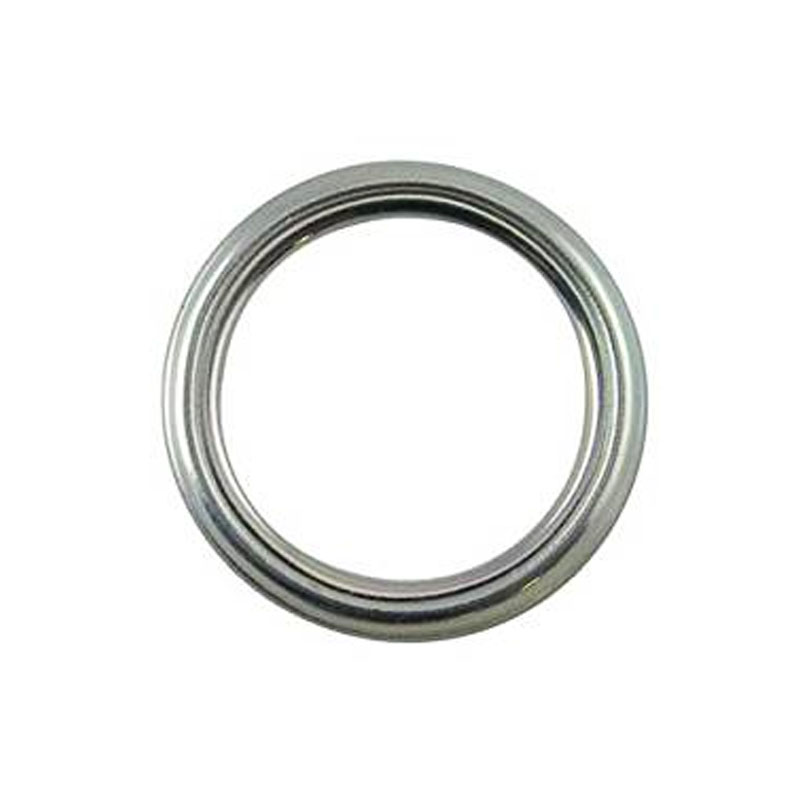Choosing Materials for Oil Pan Gaskets for Optimal Performance and Durability
Understanding Oil Pan Gasket Materials
An oil pan gasket is a crucial component in an engine's lubrication system. It serves as a seal between the oil pan and the engine block, preventing oil leaks and ensuring that the engine operates efficiently. Choosing the right material for an oil pan gasket can significantly influence an engine's performance, longevity, and overall maintenance. This article delves into the various materials used for oil pan gaskets, their advantages, and the factors to consider when selecting the appropriate type.
Common Materials Used for Oil Pan Gaskets
1. Rubber This material is a popular choice due to its flexibility and capability to create a tight seal. Rubber gaskets can endure high temperatures and are resistant to oil, making them suitable for most standard engines. They are typically used in older vehicles and can be easily installed.
2. Silicone Silicone gaskets offer excellent resistance to both high temperatures and a wide range of chemicals. They are often used in high-performance applications because of their durability and adaptability. Silicone gaskets can also form a very effective seal, minimizing the chances of leaks.
3. Fiberglass-reinforced composites These gaskets combine fibers with flexible rubber or silicone. The reinforcement adds strength and stability, making them ideal for high-pressure environments. They are often preferred in racing applications due to their exceptional resilience and sealing properties.
4. Metal Metal gaskets are often used in applications where maximum durability and performance are required. Stainless steel or aluminum gaskets can withstand extreme temperatures and pressures, making them suitable for heavy-duty engines. However, they may require additional sealants for optimal sealing.
5. Paper or cardboard Although not as common in modern applications, paper gaskets were widely used in older engines. They are inexpensive and easy to install but may not provide the same level of durability or performance as newer materials. They are generally best for low-pressure environments.
oil pan gasket material

Factors to Consider
When selecting an oil pan gasket material, several factors should be taken into account
- Temperature and Pressure Evaluate the maximum temperature and pressure within the engine. High-performance engines, for instance, may require more robust materials like silicone or metal to withstand the harsh conditions.
- Chemicals Some oil formulations contain additives that can degrade certain gasket materials
. Ensure that the selected gasket is compatible with the type of oil being used.- Vehicle Age and Type Older engines might need specific materials, like traditional rubber or paper, while modern engines benefit from advanced materials such as silicone or fiberglass-reinforced options.
- Installation Ease Some materials are easier to install than others. For DIY enthusiasts, flexibility, and ease of handling could be a significant factor.
Conclusion
The oil pan gasket is vital for the overall function and efficiency of an engine. Selecting the appropriate material involves understanding the specific needs of your vehicle, taking into account temperature, pressure, and compatibility with engine oils. By choosing the right oil pan gasket material, you can help ensure the longevity of your engine and prevent costly repairs due to leaks or failures. Always consult the vehicle's manual or a knowledgeable mechanic if you're unsure about the best material for your specific application.
-
Simplifying Oil Changes: A Comprehensive Guide to Oil Drain Plugs and Their Variants
News Aug.04,2025
-
Mastering Oil Drain Maintenance: Solutions for Stripped, Worn, and Upgraded Oil Plugs
News Aug.04,2025
-
Fixing Oil Pan Plug Issues: Leaks, Stripped Nuts, and the Right Replacement Solutions
News Aug.04,2025
-
Everything You Need to Know About Oil Drain Plugs: Sizes, Fixes, and Upgrades
News Aug.04,2025
-
Choosing the Right Oil Drain Plug: A Guide to Sizes, Materials, and Drain Innovations
News Aug.04,2025
-
A Complete Guide to Automotive Drain Plugs: Types, Problems, and Innovative Solutions
News Aug.04,2025
-
The Ultimate Guide to Car Repair Kits: Tools and Essentials Every Driver Should Own
News Aug.01,2025
Products categories















